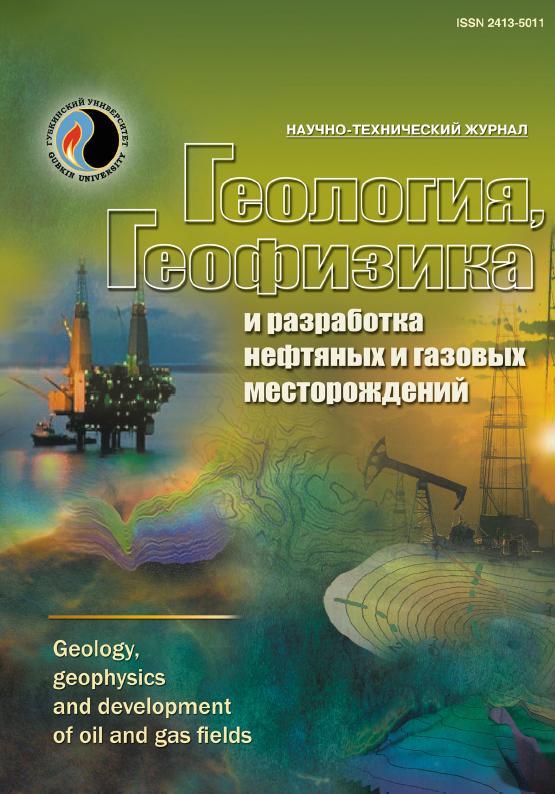An approach to determining the causes of well watering using the water-oil factor on the example of fields in the Western Siberia and the Komi Republic
UDC: 622.276.5:556.343
DOI: 10.33285/2413-5011-2022-7(367)-44-47
Authors:
SOBAEVA EKATERINA V.1,
METT DMITRIY A. 1
1
1 "LUKOIL-Engineering" LLC, Moscow, Russia
Keywords: cause of water flooding, water-oil factor, water coning, water breakthrough through a highly permeable channel
Annotation:
Water flooding of production wells during operation is one of the most common problems when developing fields. Understanding of wells flooding causes allows reduction of its water content or prevention of its intensive flooding. Currently, the attention is paid to analytical methods of well information processing, which make it possible to quickly assess the cause of well flooding.
The article presents an approach to determining the causes of wells flooding associated with the geological features of the productive reservoir, based on the analysis of normed functions (modified derivatives of the water-oil factor) in combination with the dynamics of water cut. It is established that the nature of the normed functions changes is different for the formation of a water cone and the breakthrough of water from the injection well through highly permeable interlayers. The application of the developed approach at 13 fields, located in the Western Siberia and the Komi Republic, which are composed of both terrigenous and carbonate reservoirs and are developed by vertical and horizontal wells, is considered. Hydraulic geochemical studies of wells were conducted at each of the fields. The convergence of the results obtained using normed functions and hydrogeochemical analysis of water is 81 %. The described approach can be applied to quick analysis of the current state and analysis of the historical period of both an individual well and the entire field as a whole.
Bibliography:
1. Mett D.A., Petrova E.V. Opredelenie istochnikov obvodneniya dobyvayushchikh skvazhin na osnove diagnosticheskikh grafikov Chana. Granitsy primenimosti podkhoda // Geologiya, geofizika i razrabotka neftyanykh i gazovykh mestorozhdeniy. – M.: OAO "VNIIOENG", 2019. – № 7(331). – S. 65–70. – DOI: 10.30713/2413-5011-2019-7(331)-65-70
2. Chan K.S. Water control diagnostic plots // Paper SPE 30775. – 1995. – 9 p.
3. Medvedskiy R.I., Sevast’yanov A.A. Otsenka izvlekaemykh zapasov nefti i prognoz urovney dobychi po promyslovym dannym. – SPb.: Nedra, 2004. – 192 s.
4. Merkulova L.I., Ginzburg A.A. Graficheskie metody analiza pri dobyche nefti. – M.: Nedra, 1986. – 125 s.
5. Kartsev A.A., Svagin S.B., Shugrin V.P. Neftegazovaya gidrogeologiya. – M.: Nedra, 1992. – 205 s. water is 81 %. The described approach can be applied to quick analysis of the current state and analysis of the historical period of both an individual well and the entire field as a whole.

